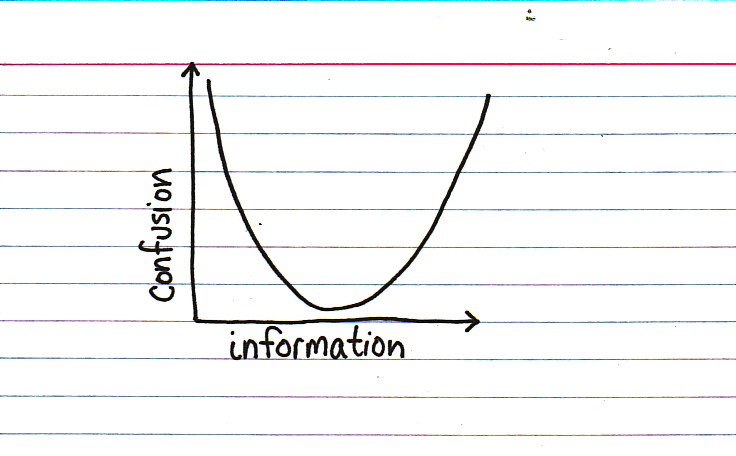
Wednesday, October 28, 2009
Thursday, October 8, 2009
Total Bollocks from Alex Pollock
The scholars up the street at American Enterprise Institute are at it again. Now they're blaming the crisis on deposit insurance, specifically the $384 billion in fully-insured brokered deposits in the banking system. In total, just over 1% of the nation's total mortgage lending at the height of the bubble may have been funded by fully-insured brokered deposits. While this may account for some growth on the margin, it hardly seems to make deposit insurance the most likely cause of the crisis.
Mr. Pollock conveniently forgets that according to the Federal Reserve, commercial banks and savings institutions held only 30% of non-revolving consumer credit outstanding at the close end of 2006, on the eve of the crisis. Let's assume that these institutions held the same percentage of outstanding mortgage debt. Banks with $10-100B in assets were the most egregious users of brokered deposits. At these regionals roughly 15% of their total deposits were brokereds, however only 10% of their domestic deposits were fully-insured brokered deposits. We can estimate that these institutions held 7% of domestic real estate loans outstanding at the end of 2006. As for their funding mix, 24% of their funding came from non-depository sources such as the capital markets which means brokered deposits made up 11% of their total funding mix, and just over 7% from full-insured brokered deposits.
I don't disagree that some banks which have subsequently failed relied too heavily on brokered deposits to grow but it seems Mr. Pollock has spotted an idiosyncratic cause of bank failures and presented it as systemic. Much more sophisticated investors, who conducted the sort of due diligence on the bank that the average consumer is relieved of by deposit insurance, provided more than twice the funding of brokered deposits. As for AEI's previous scapegoat du jour, the GSEs held only 6% of outstanding non-revolving consumer credit at the end of 2006, compared to the combined 46% held by unregulated finance companies and in securitized pools. I wouldn't be surprised if their share of outstanding mortgage credit was significantly higher. Given the perverse incentives present in the originate-to-distribute business model, which is the most likely source of funding to fuel the real estate bubble?
Mr. Pollock conveniently forgets that according to the Federal Reserve, commercial banks and savings institutions held only 30% of non-revolving consumer credit outstanding at the close end of 2006, on the eve of the crisis. Let's assume that these institutions held the same percentage of outstanding mortgage debt. Banks with $10-100B in assets were the most egregious users of brokered deposits. At these regionals roughly 15% of their total deposits were brokereds, however only 10% of their domestic deposits were fully-insured brokered deposits. We can estimate that these institutions held 7% of domestic real estate loans outstanding at the end of 2006. As for their funding mix, 24% of their funding came from non-depository sources such as the capital markets which means brokered deposits made up 11% of their total funding mix, and just over 7% from full-insured brokered deposits.
I don't disagree that some banks which have subsequently failed relied too heavily on brokered deposits to grow but it seems Mr. Pollock has spotted an idiosyncratic cause of bank failures and presented it as systemic. Much more sophisticated investors, who conducted the sort of due diligence on the bank that the average consumer is relieved of by deposit insurance, provided more than twice the funding of brokered deposits. As for AEI's previous scapegoat du jour, the GSEs held only 6% of outstanding non-revolving consumer credit at the end of 2006, compared to the combined 46% held by unregulated finance companies and in securitized pools. I wouldn't be surprised if their share of outstanding mortgage credit was significantly higher. Given the perverse incentives present in the originate-to-distribute business model, which is the most likely source of funding to fuel the real estate bubble?
Subscribe to:
Posts (Atom)